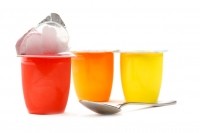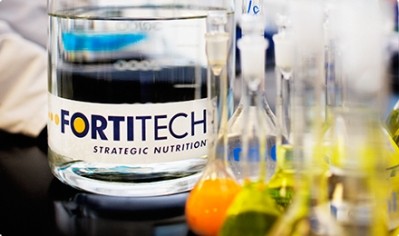Pharma seeks bigger dose of booming nutra sector

And that goes a long way to explaining why so many pharma and fast moving commodity goods (FMCG) conglomerates - not to mention private equity firms - are so interested in buying into what we like to call the ‘nutra space’. Whether or not this is a good thing for the nutra space or not is another matter.
In a purely business sense, while some are looking to move into the sector for the first time, most of the big pharma firms already have a nutra stake or are looking to increase them. New Business Journal estimates 50% of the industry will be pharma owned in 20 years.
The most recent activity being German pharma giant Bayer and UK FMCG specialist Reckitt Benckiser fighting it out for US-based dietary supplements brand, Schiff Nutrition International.
It looks like Reckitt Benckiser will take over the company for around €1.1bn. It will be Reckitt Benckiser’s first move into the nutrition sector, but it trotted out an increasingly familiar refrain when it said, “nutrition had been on its radar for awhile”.
The firm specifically highlighted growing bands of self-medicating consumers as primary in its investment rationale.
Others invested in supplements and healthy foods include Pfizer, Merck and GlaxoSmithKline along with the likes of Coca-Cola, PepsiCo, General Mills and DuPont that draw increasing percentages of their revenues from the healthier end of their portfolios.
“Health and wellness is going mainstream”
Put simply, the companies involved in the supply of nutrients and production of H&W products like functional foods, food supplements, medical foods, naturally healthy and free-from foods have outperformed their regular food industry peers for the better part of a decade in most markets – even as the recession rolls on.
“Health and wellness is going mainstream,” Euromonitor’s global head of health and wellness research, Ewa Hudson, told us recently, with predictions the market would push through the $1 trillion (€770m) mark for the first time in 2017.
Healthy foods and drinks are set to grow about 7.5% year-on–year until 2016, compared to about 6.75% for regular foods and drinks.
And it’s not just a western thing. China’s healthy foods sector added €8.5bn in 2011 alone; Brazil’s €3bn. The emerging markets continue to outgrow the rest. No secret there.
Convergences
The pulse of the sector is being quickened by more than just increasing numbers of consumers who want to let functional foods or otherwise be their medicine.
There are the improvements in food science and food design that means a lot of the failed healthy food propositions of year’s past have a better chance of success.
These advances mean fortified foods and drinks taste better and are more affordable – two facets any food marketer will tell you are the king and queen of food product selection for most consumers.
Then there is the claim policing which is stricter, boosting consumer confidence in the claims that do make it to market. The pharma interest in the sector has helped as pharma science methodologies and techniques have undoubtedly advanced nutrition and nutrient science.
On a smaller scale there are numerous biotech start-ups that have turned their focus to nutra.
Swiss firm Evolva is one such case with CFO Jakob Dynnes Hansen telling us recently, “We had companies that wanted to use our technology outside the pharma area and we found out our technology was suitable and there was good demand for it in nutrition. So we have moved that way.”
The risk was lower and less expensive in nutra too, he said.
Of course, there are contrary findings with stats showing food supplement sales are falling in some European countries, but even there, the situation is often coupled with associated rises in healthy food sales including fortified foods.
Then research will find that consumers don't trust functional food claims whilst the usual run of non-conclusive research about almost all nutrients will gain coverage - both positive and negative.
And of course there are examples of things moving the other way, with the likes of omega-3 technology potentially being more interesting to the pharma area than in food supplements and foods, where it has long staked a strong claim.
The picture is essentially non-conclusive but the overall market trend is upward, recession resilient and that is what is attracting the attention.
There aren’t many blockbuster functional foods but the all signs point to many more to come.
But who will own them?
Shane Starling is the senior editor of NutraIngredients and Food Team Europe at William Reed Business Media.









